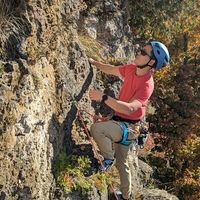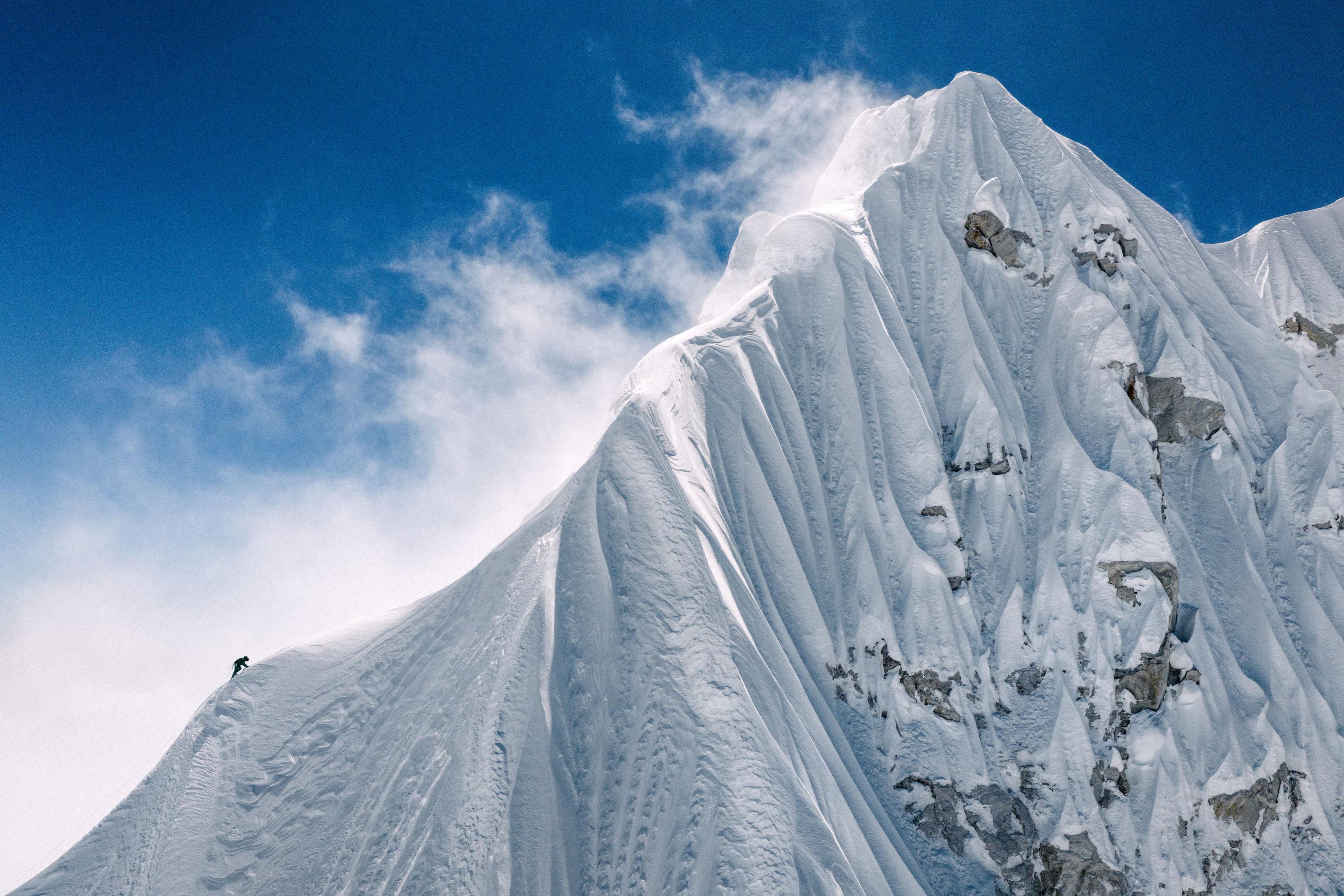Important information about the dos and don'ts on THE most important knot in #climbing and some myth busting.
-
Important information about the dos and don'ts on THE most important knot in #climbing and some myth busting.
And here I thought it was all tested and proven about the humble figure eight.
I've never used that yosemite finish, and I don't think I'll ever will. The stopper knot in the tail is enough and it doesn't really bother me particularly.
I actually do like tails but that a whole different conversation

-
Important information about the dos and don'ts on THE most important knot in #climbing and some myth busting.
And here I thought it was all tested and proven about the humble figure eight.
I've never used that yosemite finish, and I don't think I'll ever will. The stopper knot in the tail is enough and it doesn't really bother me particularly.
I actually do like tails but that a whole different conversation

But why use the stopper knot at all?
It serves no purpose but adding another thing to do wrong, falsly clip into or get your stuff stuck in.
In other words adding it is only making it more dangerous. -
But why use the stopper knot at all?
It serves no purpose but adding another thing to do wrong, falsly clip into or get your stuff stuck in.
In other words adding it is only making it more dangerous.@MeisterUrban When done next to the figure eight rather than tail management, it does prevent some of that rolling in the event of cross loading. But yeah, that would be the only benefit, and doing it that way prevents accidental clipping.
It could also help in shortening the tail a bit if it ended up being too long.
I don't think it's that much of an addition, the extra knot is super simple, but yeah, it's kinda optional, still important to leave some tail in the figure eight tho.
-
 D devnull moved this topic from Uncategorized on
D devnull moved this topic from Uncategorized on
-
Important information about the dos and don'ts on THE most important knot in #climbing and some myth busting.
And here I thought it was all tested and proven about the humble figure eight.
I've never used that yosemite finish, and I don't think I'll ever will. The stopper knot in the tail is enough and it doesn't really bother me particularly.
I actually do like tails but that a whole different conversation

@rayko What he uses is not the "stopper knot" I was taught. The one I use is a good deal more secure than a simple overhand or "granny knot". (Sorry Granny) I think it would hold better if you clipped into it by mistake.
-
@rayko What he uses is not the "stopper knot" I was taught. The one I use is a good deal more secure than a simple overhand or "granny knot". (Sorry Granny) I think it would hold better if you clipped into it by mistake.
@jeztastic There are a few different 'stopper knots', in essence its job is to prevent the rope to keep sliding by jamming a loop in it so even a random tangled section of rope that doesn't easily undo itself can work as a stopper knot. (Don't try that though)
And in this case it's just to prevent the tail sliding in, causing the main knot to roll and undo itself.
Whatever the knot used for the tail, no one should be clipping anything in that extra loop if it's there xD
